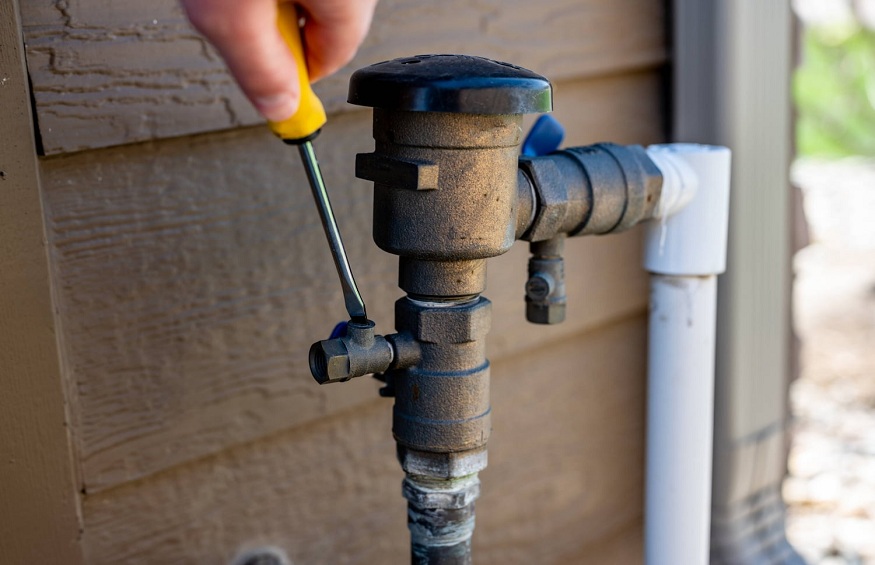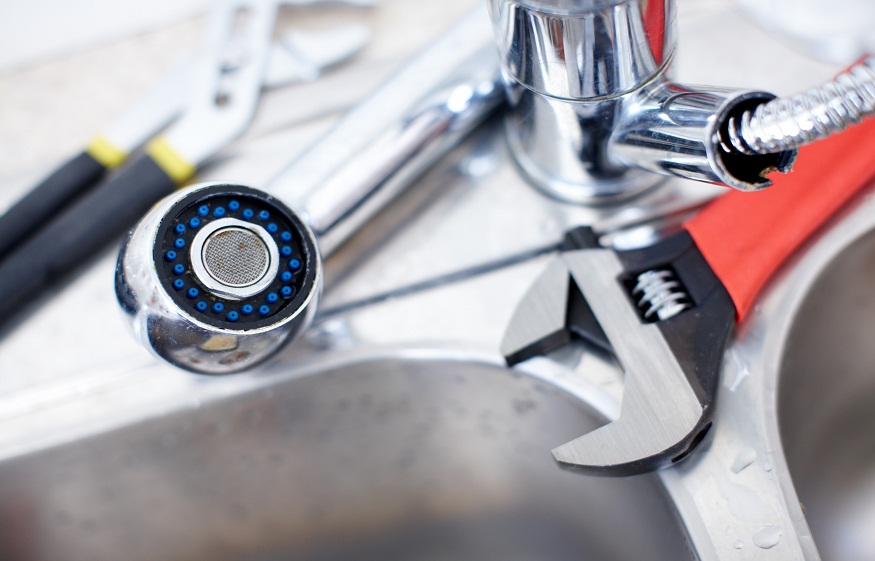Sprinklers save a lot of effort and time when maintaining and creating a lush, green lawn. But this doesn’t mean sprinklers themselves don’t need maintenance. In different parts of the world, you must shut down sprinkler systems in the fall and then bring them back on in the spring.
Especially if you currently live in a place where the ground temperature dips below freezing, you might want to consider the following tips for sprinkle system winterization:
1. Inspect the System
Inspect your sprinkler system before you start the winterization process. This allows you to check for leaks or existing damages that require repair.
Always remember that if your water line is leaking, water will not enter the sprinkler system even if the pipes are drained, and the supply of water is closed. If that happens, the water may freeze, causing additional damage. Therefore, repairing leaks or cracks before winterization is important.
2. Insulate the System
Shut down the supply of water. The shut-off valve for the sprinkler system must be protected against freezing. Ensure it is properly wrapped with insulation to protect it against freezing and harsh winter temperatures.
If there is no shut-off valve, you may want to install one. Plus, any above-ground piping must be insulated. You can use foam insulating tubes or self-sticking foam insulating for insulation.
3. Drain Water
Draining all the water from your sprinkler system is among the most time-consuming and involved steps of winterizing, but it is still important for avoiding complications in the future.
Three major methods are used for draining water from a sprinkler system, and the technique you go for depends on the kind of system you have. These methods include the following:
- Blowout draining
- Automatic draining
- Manual draining
4. Turn off the Automated Timer
Chances are, if your sprinkler system is still new, it has special winter or cold weather modes. If it does, consider setting it to that before cold weather sets in. Either way, turning off your system is important when preparing your lush, green lawn for winter.
However, if your system doesn’t have a winter mode, just shut off the timer. When you activate it during spring, you may need to reset the data and timer again.
5. Prep Other Tools
Drain and keep all other watering tools, including hose-end nozzles, hose splitters, garden hoses, and watering wands. Once they are drained, store them. It is important to keep nozzles and watering wands in a place they can’t freeze.
6. Seek a Plumber’s Assistance
As an average renter or homeowner, you aren’t a plumbing professional. So, it would be best to hire a plumber to check on the system and offer you advice on how to winterize.
In most places, your backflow needs an inspection yearly. You may as well hire a plumber or landscaping expert to deal with the winterization outright.
Safety is Key
Safety goggles are must-haves when winterizing your sprinkler system, as you will be dealing with hazardous air compressors and high-pressure piping. You need to as well move pets indoors during the process of blowing out. Usually, pipes let out a high-pitched whistling sound when emptying



